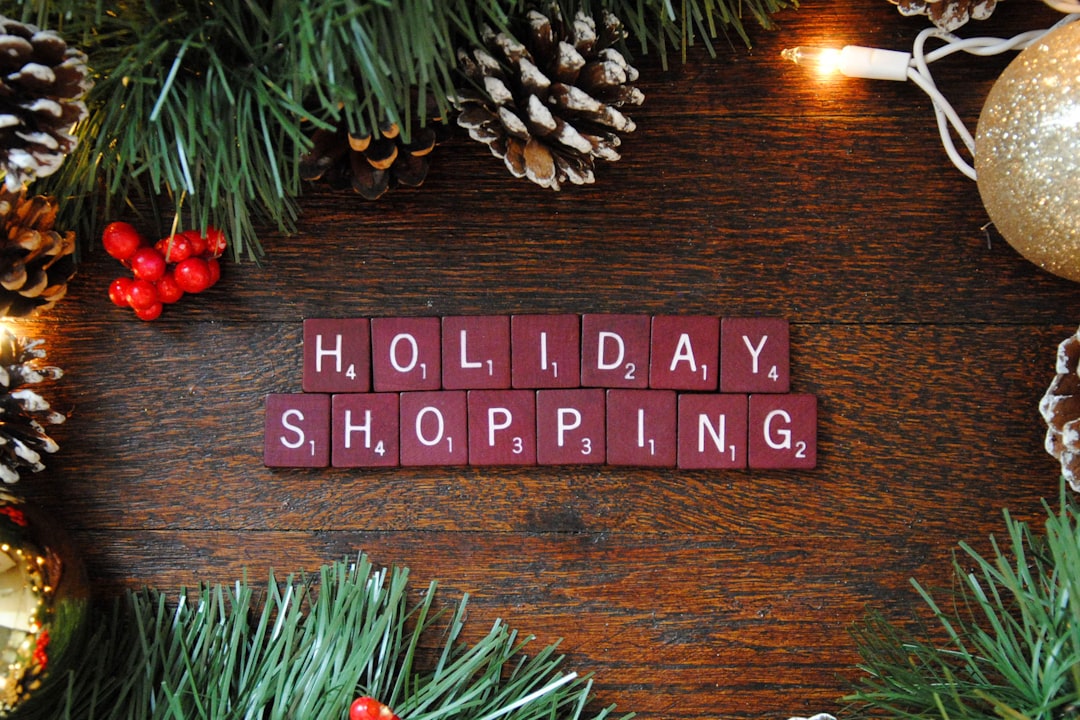The holiday season is the most lucrative time of year for ecommerce businesses. Between Black Friday, Cyber Monday, Christmas, Hanukkah, New Year’s, and other global celebrations, consumers are ready to spend generously on gifts for their loved ones. However, the surge of competition during these months also means businesses must adopt smart and creative strategies to maximize conversions and revenue. By implementing targeted seasonal ecommerce gift marketing strategies, retailers can differentiate their brands, boost customer loyalty, and significantly increase holiday sales.
Understanding Seasonal Behavior and Consumer Mindset
To create an impactful seasonal marketing plan, it’s essential to understand consumer behavior during the holidays. Shoppers are typically:
- Emotionally driven – They look for meaningful gifts and experiences.
- Time-constrained – Many wait until the last minute, which can affect shipping expectations.
- Budget-conscious – Deals and promotions influence purchasing decisions.
Understanding these mindsets allows retail marketers to craft messages and promotions that resonate more effectively with holiday shoppers.
1. Early Planning and Pre-Holiday Campaigns
One of the most critical strategies is starting early. Begin planning your gift marketing campaigns several months in advance. Launch pre-holiday teaser campaigns with the following tactics:
- Email list segmentation: Personalize messages for loyal customers, occasional buyers, and prospects with tailored offers.
- Countdowns and sneak peeks: Build anticipation with early access events or product reveals.
- Holiday wishlists: Give customers the ability to save favorite items and share them with others to serve as gift guides.
Starting early also allows you to optimize inventory and logistics before peak demand hits.
2. Gift Guides That Convert
Gift guides remain one of the most effective seasonal marketing tools. They simplify decision-making for customers who may be unsure of what to buy. Create multiple gift guides tailored to different audience segments, such as:
- Gifts Under $25
- Gifts for Him
- Gifts for Her
- Gifts for Kids
- Luxury Gifts
Enhance gift guides with high-quality product photography, user-generated content, and short video testimonials. Embed direct links to product pages to shorten the customer journey and increase conversion rates.

3. Personalization and Product Bundling
During the holiday season, personalization becomes a game-changer. Consumers appreciate thoughtful shopping experiences and are more likely to purchase from brands that cater to their needs. Leverage AI-driven product recommendations to deliver:
- Personalized gift suggestions based on past browsing or purchasing behavior
- Bundled gift sets to increase average order value (AOV)
- Seasonal packaging or custom messaging for gift recipients
Bundling products into themed gift sets not only increases perceived value but also simplifies shopping for time-stressed consumers.
4. Limited-Time Offers and Scarcity Tactics
Scarcity triggers urgency and prompts quicker purchasing decisions. Incorporate the following scarcity-based techniques in your seasonal marketing strategy:
- Flash sales: Run hourly or daily offers with countdown timers.
- Low-stock indicators: Display messages like “Only 3 left in stock!”
- Exclusive holiday items: Promote limited-edition products to generate appeal.
Ensure that these tactics are used genuinely and transparently to maintain trust with your customers.
5. Influencer Marketing and Social Proof
Customers often rely on social proof when making purchase decisions, especially during gift-buying periods. Collaborate with micro-influencers and brand ambassadors to feature your seasonal offerings in:
- Instagram Reels and Stories
- YouTube unboxing videos
- Blogger gift roundups
Highlight product reviews, ratings, and user-generated content prominently on product pages. Create a branded hashtag campaign to encourage customer participation and extend your reach organically.

6. Optimize for Mobile and Last-Minute Shopping
During the holiday rush, a large portion of ecommerce traffic comes from mobile devices. Optimize your site with mobile-responsive design, fast loading speeds, and a hassle-free checkout experience. Offer services that cater to last-minute shoppers, such as:
- Expedited shipping options
- Local pickup or same-day delivery partnerships
- Digital gift cards and printable vouchers
A smooth and efficient mobile experience can be the deciding factor between a sale and an abandoned cart.
7. Retargeting and Follow-Up Campaigns
Cart abandonment is especially common during the holiday season, as customers comparison shop or get overwhelmed. Use retargeting ads on Facebook and Google to remind customers of the products they viewed or added to their carts. Complement these with follow-up email sequences that offer:
- Special discounts or incentives
- Shipping deadlines or urgency reminders
- Alternative gift options or popular sellers
This approach not only boosts conversions but also keeps your brand top of mind throughout the shopping season.
8. Post-Holiday Engagement and New Year Promotions
The end of the holiday season doesn’t mean the end of ecommerce opportunities. Many customers continue shopping during post-holiday periods using gift cards or purchasing items they didn’t receive as gifts. Leverage this with:
- Post-holiday clearance sales
- New Year “fresh start” promotions
- Thank-you campaigns with loyalty points or bonus coupons
This strategy deepens customer relationships and starts the new year on a profitable note.
Frequently Asked Questions (FAQ)
- Q: When should I start my holiday ecommerce marketing campaign?
- A: Ideally, you should begin planning in early Q3 and start teaser campaigns as early as October or November. Early engagement gives you time to build anticipation and optimize logistics.
- Q: What kind of promotions work best during the holiday season?
- A: Limited-time offers, bundle deals, and free shipping are some of the most effective tactics. Flash sales and early-bird discounts also work well to drive urgency and excitement.
- Q: How can I make gift-buying easier for my customers?
- A: Use gift guides, personalized product recommendations, and filtering options on your site. Also, offer easy gift-wrapping services and digital gift cards for last-minute flexibility.
- Q: What are some popular post-Christmas ecommerce strategies?
- A: Launch clearance sales, offer New Year themed promotions, and encourage the use of gift cards. You can also follow up with thank-you emails and loyalty rewards that encourage return visits.
- Q: Is influencer marketing worth the investment for holiday sales?
- A: Yes, especially micro-influencers who resonate with niche audiences. Their authentic content and recommendations can drive conversions, increase brand trust, and amplify your holiday specials.
Integrating these holiday ecommerce marketing strategies can ensure a memorable and profitable season. With well-timed campaigns, engaging content, and a customer-centric approach, your brand can stand out and thrive during the most competitive shopping period of the year.